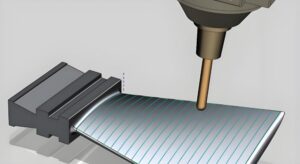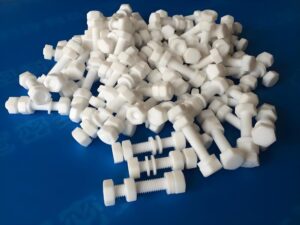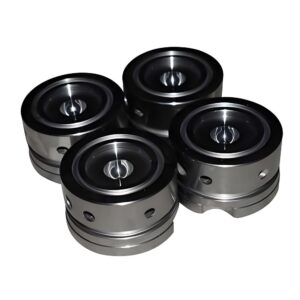Plastics are everywhere in modern industry. From car parts and medical devices to electronics and packaging, these materials have become essential for designing durable, lightweight, and cost-effective products. Among the different categories of plastics, thermosets and thermoplastics stand out as the two most widely used.
While they may sound similar, thermoset and thermoplastic materials behave very differently when exposed to heat, stress, and long-term use. Understanding these differences helps engineers, manufacturers, and buyers make the right choice for their products.
This article breaks down everything you need to know about thermoset vs thermoplastic: what they are, where they’re used, their benefits and drawbacks, and how to choose the right one for your industry needs.
What is Thermoset?
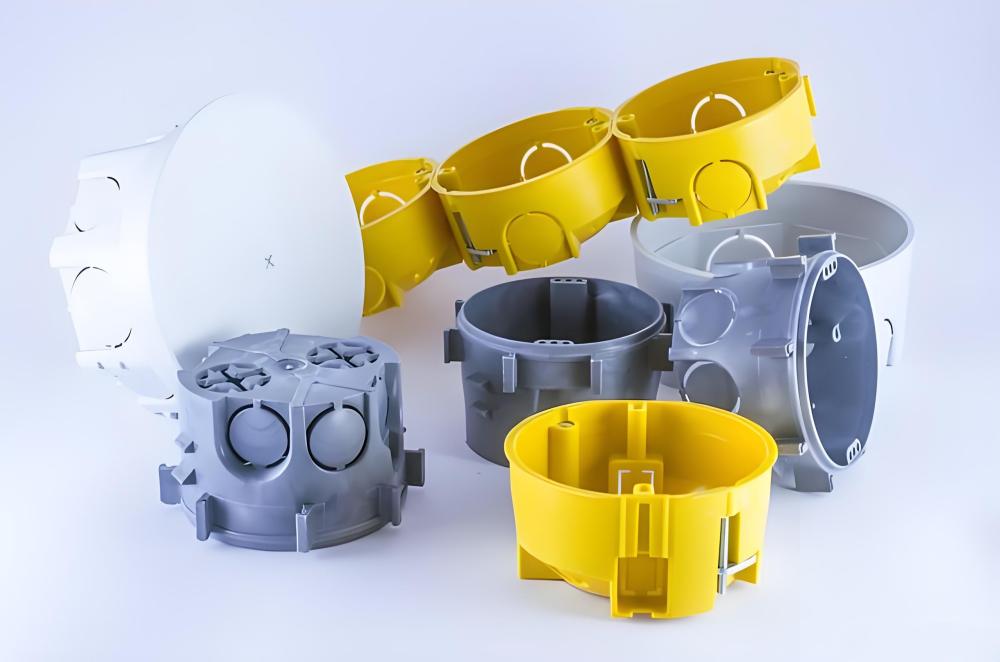
A thermoset plastic (or thermosetting polymer) is a material that undergoes a permanent chemical change when it’s cured. Once heated and hardened, it cannot be melted or reshaped. This is due to its strong cross-linked molecular structure, which provides stability even under harsh conditions.
Common types of thermosets include:
- Epoxy resins
- Phenolic resins
- Melamine formaldehyde
- Urethane-based materials
Key advantages of thermosets:
- Excellent resistance to heat and chemicals
- Strong dimensional stability
- High rigidity and structural strength
Because of these qualities, thermosets are widely used in aerospace parts, automotive components, adhesives, coatings, and electrical systems.
What is Thermoplastic?
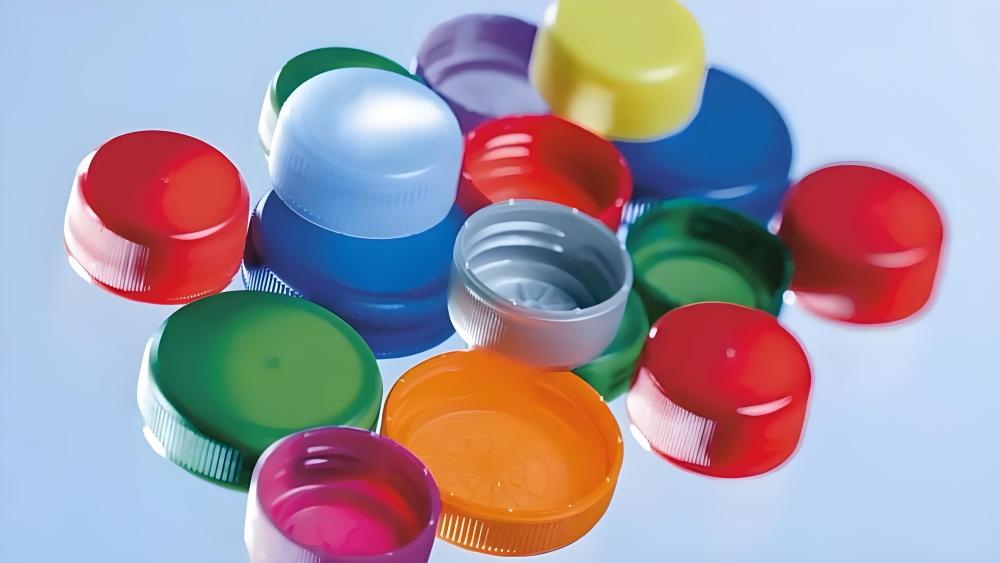
Unlike thermosets, a thermoplastic material can be heated, softened, and reshaped multiple times without permanent changes. This makes them easy to process, mold, and recycle, which is why thermoplastics dominate many consumer and industrial applications.
Well-known thermoplastics include:
- Polypropylene (PP)
- Polyethylene (PE)
- Polycarbonate (PC)
- Acrylonitrile butadiene styrene (ABS)
Benefits of thermoplastics:
- Easy to mold into complex designs
- Recyclable and versatile
- Available in flexible to rigid grades
They are commonly found in packaging, consumer electronics, toys, medical equipment, and automotive interiors due to their adaptability and cost-effectiveness.
Why Thermoset and Thermoplastic are Important in Industry
Both thermoset and thermoplastic materials have reshaped industrial manufacturing by offering:
- Lightweight alternatives to metals
- Resistance to wear, chemicals, and environmental factors
- Cost savings in large-scale production
- The ability to create both structural and functional parts
These properties explain why industries as diverse as automotive, aerospace, medical, and consumer goods continue to rely on plastics to balance performance, durability, and cost
Thermoset vs Thermoplastic: What are the Differences?
Although both belong to the family of polymers, their characteristics set them apart. Let’s look at the differences in detail.
Processing
- Thermoset: Requires a curing process, often involving heat or chemicals. Once set, it cannot be re-molded. Processing is slower but creates highly durable products.
- Thermoplastic: Can be melted, reshaped, and cooled repeatedly. Ideal for high-speed production methods like injection molding and extrusion.
Mechanical Properties
- Thermoset: Offers rigidity, hardness, and resistance to deformation, even under stress.
- Thermoplastic: Provides a wide range of properties, from flexible to rigid. Generally more impact-resistant but can lose shape under high loads.
Heat Resistance
- Thermoset: Excellent resistance to heat; retains structure at elevated temperatures.
- Thermoplastic: Varies by type—standard grades soften at high temperatures, while engineering thermoplastics withstand more heat.
Recyclability
- Thermoset: Difficult to recycle due to irreversible curing. Usually repurposed as fillers.
- Thermoplastic: Easily recycled by reheating and remolding, making it a more sustainable choice.
Cost
- Thermoset: Higher setup and curing costs but strong long-term value in demanding applications.
- Thermoplastic: More affordable to process and highly economical for large production runs.
Applications
- Thermoset: Aerospace structures, engine components, adhesives, circuit boards, coatings.
- Thermoplastic: Consumer goods, automotive interiors, packaging, toys, and medical devices.
How to Choose Thermoset vs Thermoplastic?
Choosing the right material depends on project requirements:
- For high heat or chemical exposure: Thermosets are more reliable.
- For flexibility and recyclability: Thermoplastics are the better choice.
- For long-term structural stability: Thermosets deliver stronger rigidity.
- For mass production of consumer products: Thermoplastics are cost-effective.
- For precision machining: The decision depends on whether permanent hardness (thermoset) or reprocessability (thermoplastic) is required.
By carefully considering these factors, businesses can optimize performance, reduce costs, and ensure long-term product reliability.
Partnering with Precionn for Your Material Needs
Both thermosets and thermoplastics play vital roles in today’s industrial landscape. Each material has unique strengths, making it better suited for specific applications. The decision between the two depends on balancing performance needs, production methods, and cost efficiency.
Precionn, a global machining specialist, works closely with international clients to deliver tailored solutions. With expertise in processing advanced materials and producing high-precision parts, Precionn helps businesses choose the right material—whether thermoset or thermoplastic—for their projects. By combining technical knowledge with real-world experience, the company ensures reliable, high-quality results across industrie

